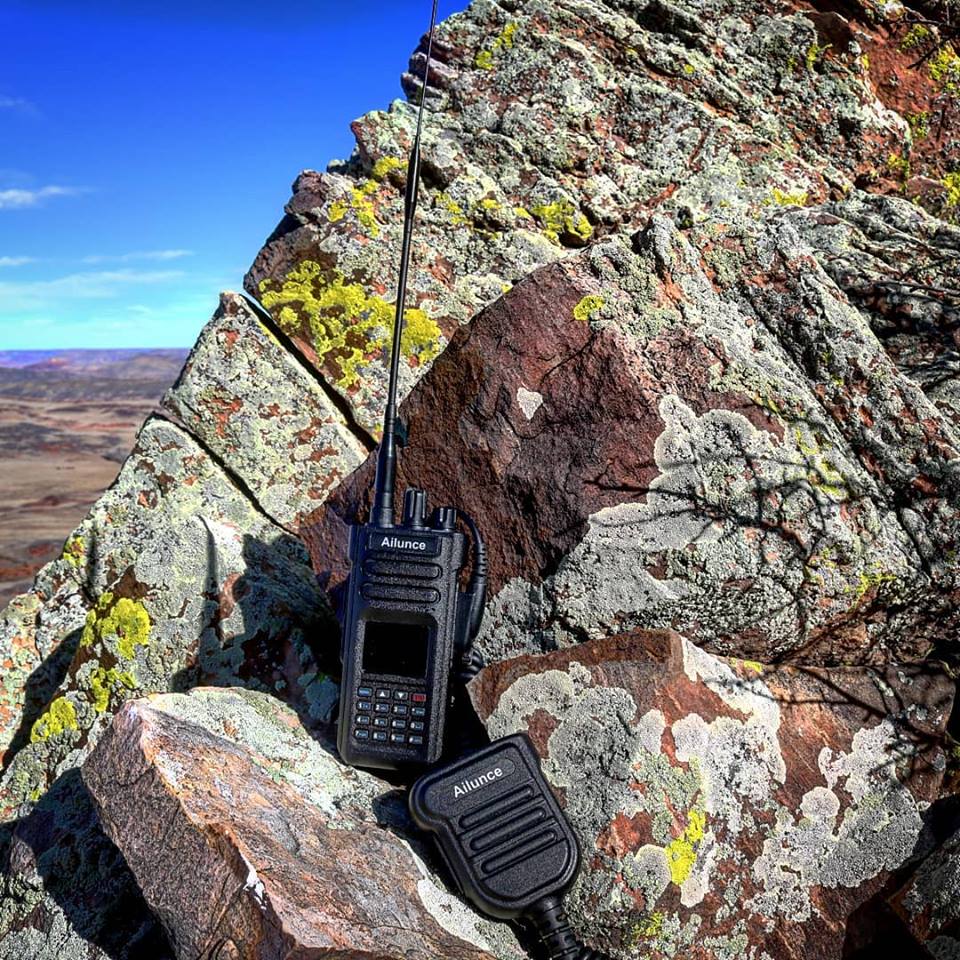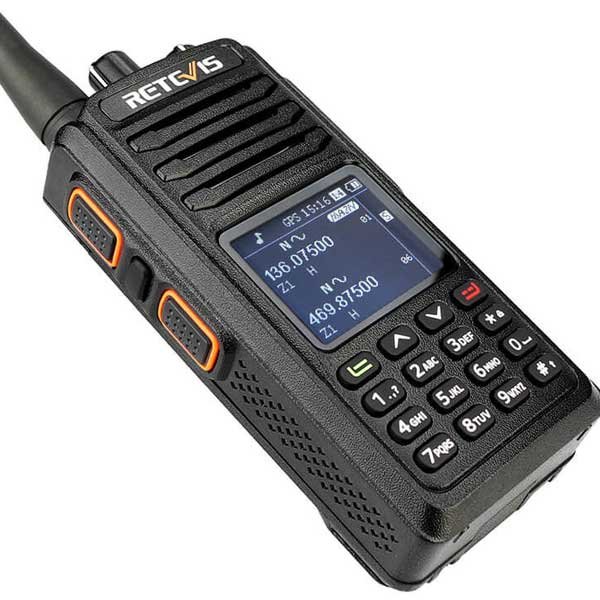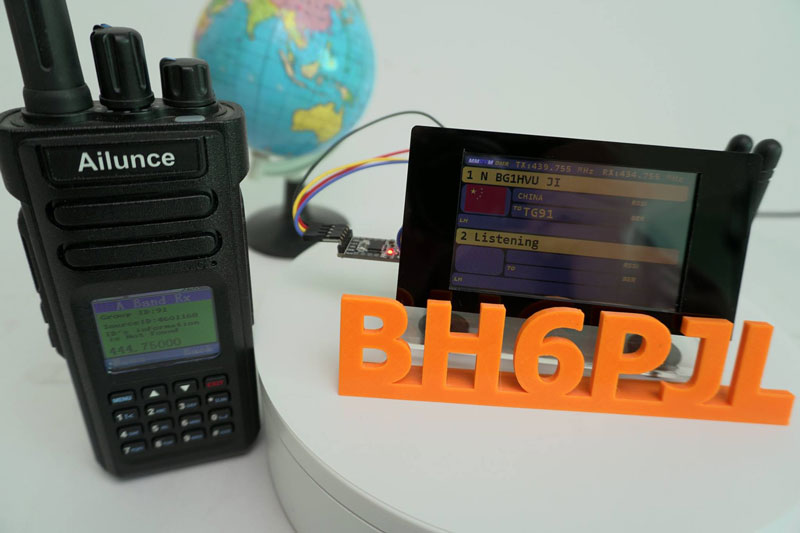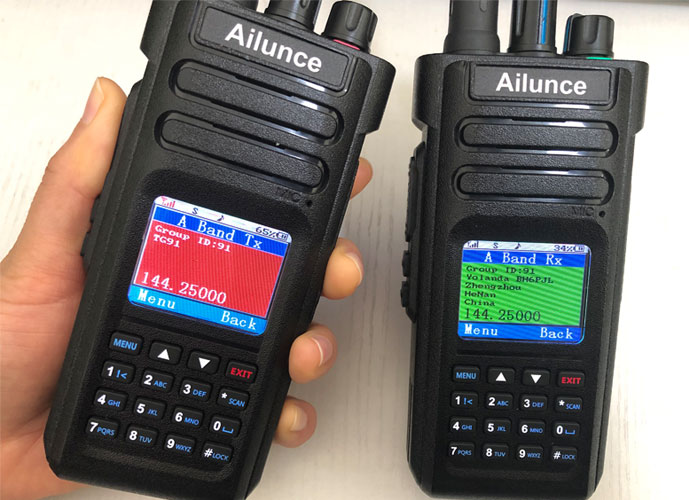+86 15093323284 hams@ailunce.com
Interference Issues with Amateur Radio Frequencies

Frequency interference.
In wireless intercom, whether it is a handheld radio, a mobile radio or a repeater, it is often affected by external noise during a call or during transmission of data. A serious situation can degrade the quality of the call and interrupt the transmission of data, even cause the radio can't work normally. This kind of radio interference is the most headache of the user.
Radio interference refers to the occurrence of radio communication. These interference signals are electromagnetic waves that enter the wireless communication device through direct coupling or indirect coupling. It directly affects the reception of useful signals, degrades their performance, deteriorates signal quality, blocks the communication and increases the error of data transmission or even lost the data. For the communication of short wave, the interference of radio equipment in human interference is the main one. Common interference phenomena include co-frequency interference, adjacent frequency interference, out-of-band interference, and intermodulation interference. A better understanding of interference knowledge is helpful in proposing protective measures and reducing the impact of interference on communications.

1, Co-frequency interference
Any wireless interference transmitted by other wireless sources that is the same as the frequency of the useful signal of the local radio and enters the intermediate frequency band of the receiver, in the same way, is called co-channel interference. When both the interference signal and the useful signal enter the receiver, they are also amplified and detected. When the two signals have a carrier frequency difference, they will become a beat interference; when the modulation of the two signals is not large, it will cause distortion interference; When there is a phase difference between the signals, it will cause distortion interference. The larger the interference signal, the stronger the received noise will not be answered. This phenomenon is mainly caused by the fact that the wireless communication devices in the same frequency are too close to each other in the vicinity, and may be illegal stations, or maybe frequency-multiplexed by legal stations without assigned frequencies, but close to each other. And caused by it. It should be said that this kind of interference is still easier to find the source of interference.

2, Adjacent frequency interference
When the wireless signal is in the radio frequency band of the receiver or in the vicinity of the passband, the interference caused by the frequency conversion into the intermediate frequency passband is called adjacent frequency interference. This interference can of course also reduce the signal ratio of the receiver, and the sensor reading is reduced, but it is different from the same frequency interference. The adjacent frequency interference is mainly caused by the technical indicators of the wireless communication equipment itself not meeting the national technical standards. For example, in a multi-channel walkie-talkie communication system, user A occupies 1 channel, user B occupies 2 channels, and channels 1 and 2 are separated by 25 kHz. A and B users work in adjacent channels, and theoretically, there should be no interference. However, if only one device of the A and B users does not meet the requirements, the transmission frequency stability is too poor, the modulation is too large, and the emission spectrum is too wide, which may cause mutual interference between A and B users, and even “窜” Taiwan phenomenon. Adjacent frequency interference can also occur if the IF filter performance of the receiver is not good. In another case, when the distance between the users leaving the station is too large, the radio wave received by one base station is strong, the radio wave of the other channel is weak, and the strong channel may interfere with the weak channel. Avoiding adjacent channel interference is first of all to solve the quality problem of the walkie-talkie itself. Inferior communication equipment will affect the normal communication of other equipment.

3. Out-of-band interference
Out-of-band interference refers to the stray radiation from the transmitter of the wireless communication device and the wireless interference caused by the spurious response of the receiver. This is also a common interference problem affecting wireless communication due to the poor quality of the wireless walkie-talkie itself. We know that crystal oscillators are mostly used in ultrashort wave radio transmitters to achieve higher frequency stability. The oscillator is multiplied to obtain the desired operating frequency. If the filter characteristics of the transmitter's frequency multiplier are poor, spurious radiated waves are generated at the transmitter output stage, thereby interfering with the receiver operating at that frequency. Receiver spurious response means that the receiver can receive unwanted signals of other frequencies in addition to receiving useful signals. This "response" capability to other unwanted signals is called the receiver spurious response. It is related to the frequency purity of the local oscillator of the receiver. Spurious emissions and spurious responses are strictly regulated in relevant national standards. Manufacturers should design according to this indicator when designing products, and they should also be strictly controlled in production. They should be tested by the National Monitoring Center before being placed on the market. It is understood that many manufacturers do not have this technical standard as a standard that must be met by products, let alone control. This is also one of the reasons why the quality of domestic walkie-talkies is not as good as imported walkie-talkies. Reducing wireless interference should start with the quality of the product.

4, Intermodulation interference
Two or more signals are modulated in a non-linear transmission circuit, producing a combined frequency that is close to the frequency of the useful signal, thereby causing interference to the radio intercom system, referred to as intermodulation interference. There are three reasons for intermodulation, transmitter intermodulation, receiver intermodulation, and intermodulation caused by external effects.
Intermodulation interference must meet three conditions simultaneously:
(1) There are certain intervals between several interference frequencies and the nominal frequency of the interfered receiver;
(2) The interference signal must have sufficient amplitude;
(3) For receiver intermodulation, all interferers and interfered receivers must operate at the same time. Transmitter intermodulation means that two transmitters are coupled to each other to form interference. Receiver intermodulation means that two or more strong interfering signals enter the front-end circuit of the receiver. Due to their nonlinear action, the interfering signals are mixed with each other to produce intermodulation products that can fall into the receiver passband. Its size depends on factors such as the size of the interference signal. The intermodulation caused by the external effect refers to the poor contact of the receiving plug-in fasteners such as the transmitter high-frequency filter and the antenna feeder or the corrosion of the metal member. The detection is generated in the strong RF electric field to generate intermodulation, and the interference radiation is formed. Due to the source, this external effect intermodulation interference can be completely avoided.

In fact, the essence of wireless interference is electromagnetic interference. Therefore, in order to solve this problem, it is necessary to understand and analyze electromagnetic interference in order to find protective measures and effective methods for achieving electromagnetic compatibility.











